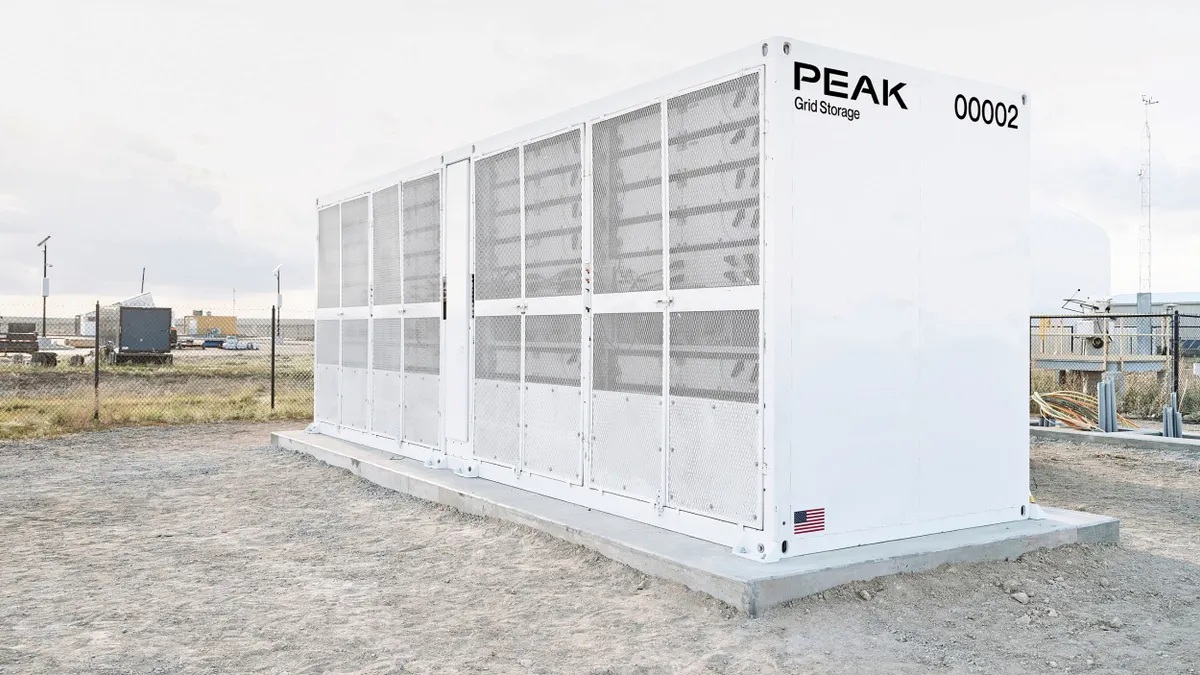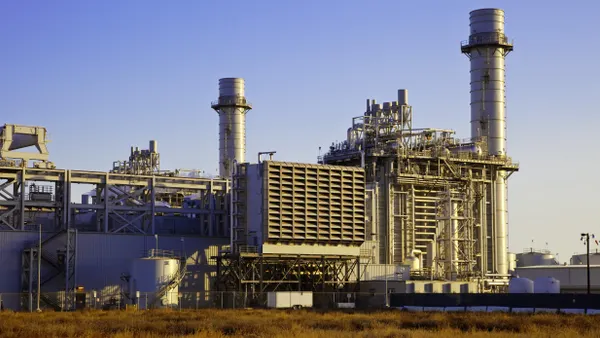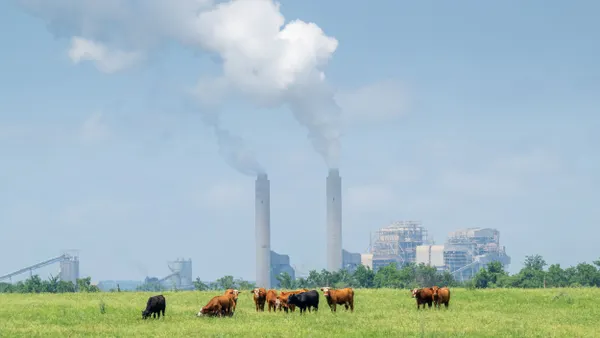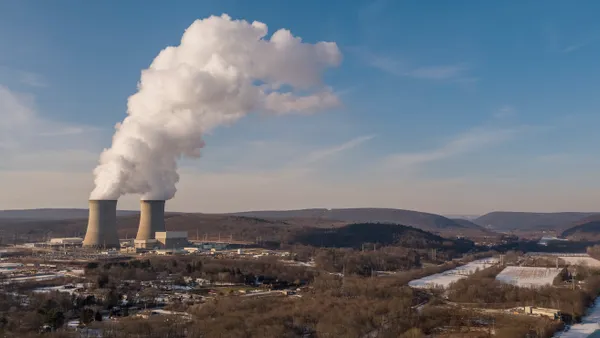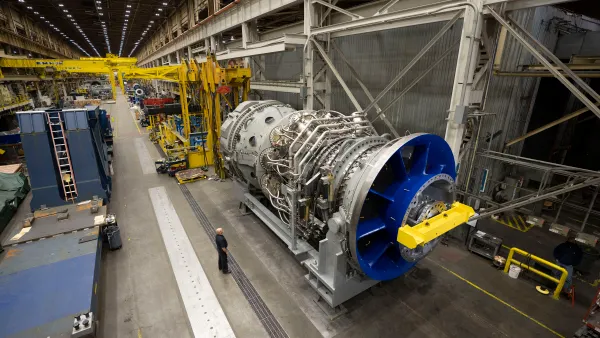Dive Brief:
- A cold winter caused increased demand and higher gas prices, ultimately leading to higher wholesale on-peak power prices across the country in 2014, the Energy Information Administration (EIA) reports.
- Spot natural gas prices at the Henry Hub averaged $4.38/MMBtu, an increase of 17% from 2013, according to the U.S. Energy Information Administration.
- Power prices in the Pacific Northwest were lowest and increased only 3% over 2013 levels because of the region's abundant, low-cost hydroelectric generation.
Dive Insight:
The U.S Energy Information Administration said wholesale on-peak electricity prices were up at trading hubs across the nation between 2013 and 2014, driven largely by increases in spot natural gas prices and high energy demand caused by cold weather in the beginning of the year.
A major factor for electricity prices in 2014 was the extreme weather system that covered much of the United States and stressed the nation's power grid. Electricity prices were highest in the Northeast, driven by record-high natural gas prices.
EIA said on many days natural gas pipelines filled to capacity, leading to record-high wholesale natural gas prices at several locations. Spot gas prices reached $120/MMBtu in New York City, up from a 2013 high of $36/MMBtu, for instance. Other large increases were also seen in Boston and Chicago, and spot wholesale electricity prices rose in turn. Peak hourly spot electricity prices exceeded $518/MWh in New York City, $467/MWh in New England, and $190/MWh in Northern Illinois.
The severe weather in winter 2013-14 slowed coal deliveries, resulting in shrinking power plant coal stockpiles that at some generators in the Midwest fell to uncomfortably low levels. But EIA noted the coal inventory situation improved toward the end of the year, as total U.S. coal stockpile levels increased nearly 10% from September to October, the largest percentage monthly build in at least five years.






